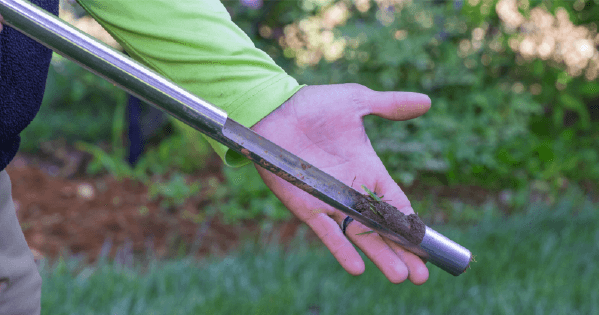Armyworms and grub worms can quietly infiltrate commercial landscapes, reproduce rapidly, and cause extensive damage to turf and landscaped areas. Simply Green provides both preventative and curative programs to protect your property’s grounds and preserve its professional appearance.
Insecticide Prevention
The best way to protect your property from armyworms and grub worms is through proactive prevention. Simply Green’s annual insecticide prevention program includes a spring application of Acelpryn® Insecticide to ensure year-long protection. This treatment prevents infestations before they start, which keeps your turf healthy, green, and pest-free throughout the season.
Grub Worm Curative Treatments
Already seeing signs of grub activity? Simply Green offers targeted insecticide treatments that eliminate existing grub populations and prevent new ones from nesting for up to 28 days. If reinfestation occurs, additional applications may be needed.
Following treatment, fertilization can help restore areas affected by grub damage and promote quicker recovery of turf density and color.
What do Grubs look like?

Image Source: Simply Green Lawn Care
Grub worms are white or cream-colored beetle larvae with a distinct C-shape and three small pairs of legs near the head. Japanese beetle grubs are among the largest, reaching up to one inch long.
Armyworm Curative Treatments
If armyworms have already infested your property, Simply Green’s professional treatments will quickly control the outbreak and prevent further damage. Once identified, our technicians apply a solution that eliminates the current population and provides up to 14 days of protection.
If the insects return after that period, additional treatment may be required to maintain full control. Because armyworms can devastate large turf areas in as little as two days, it’s crucial to act immediately when you spot them.
What do Armyworms look like?

Image Source: Simply Green Lawn Care
Armyworms are caterpillars that eventually develop into moths. They are most destructive during the caterpillar stage, when they feed aggressively on grass blades and can leave visible brown or bare patches across lawns.

